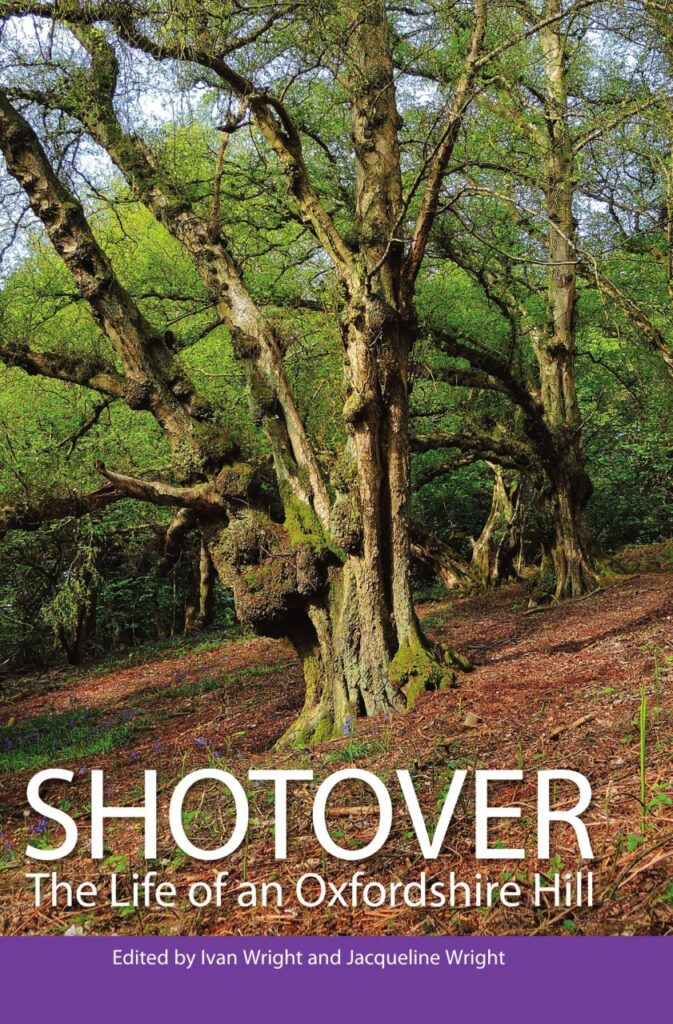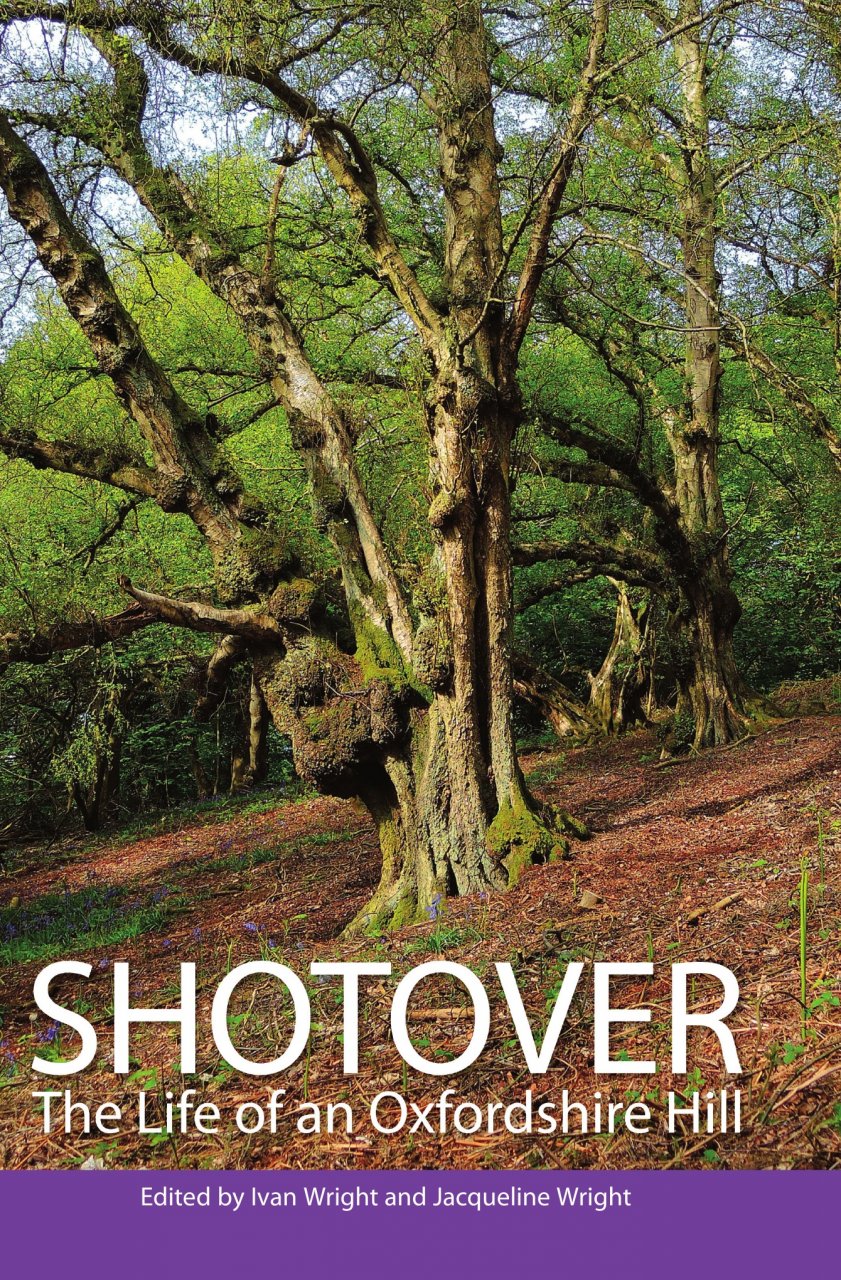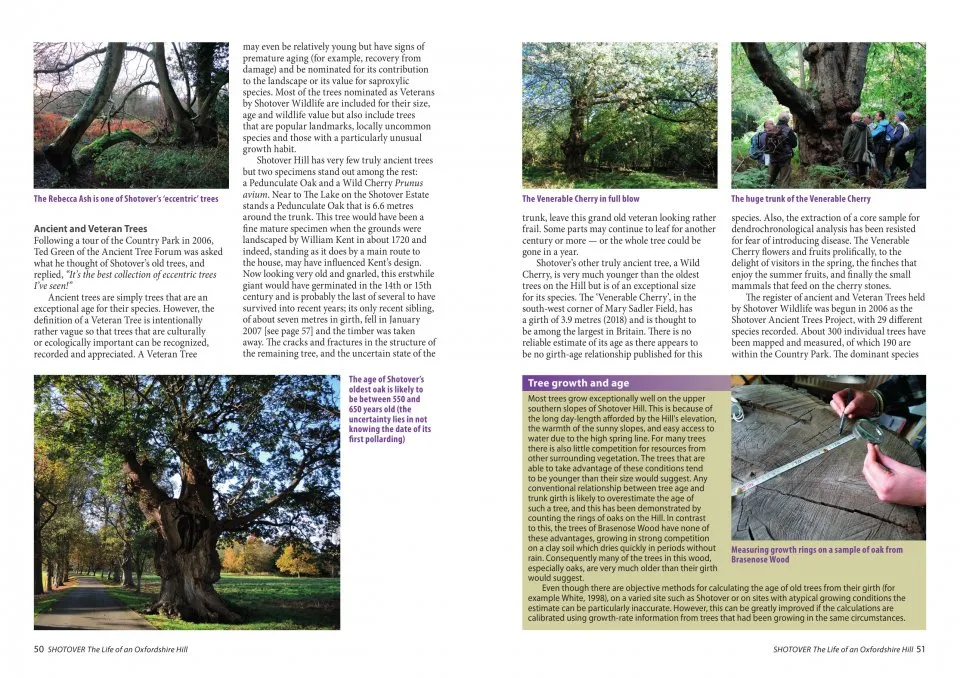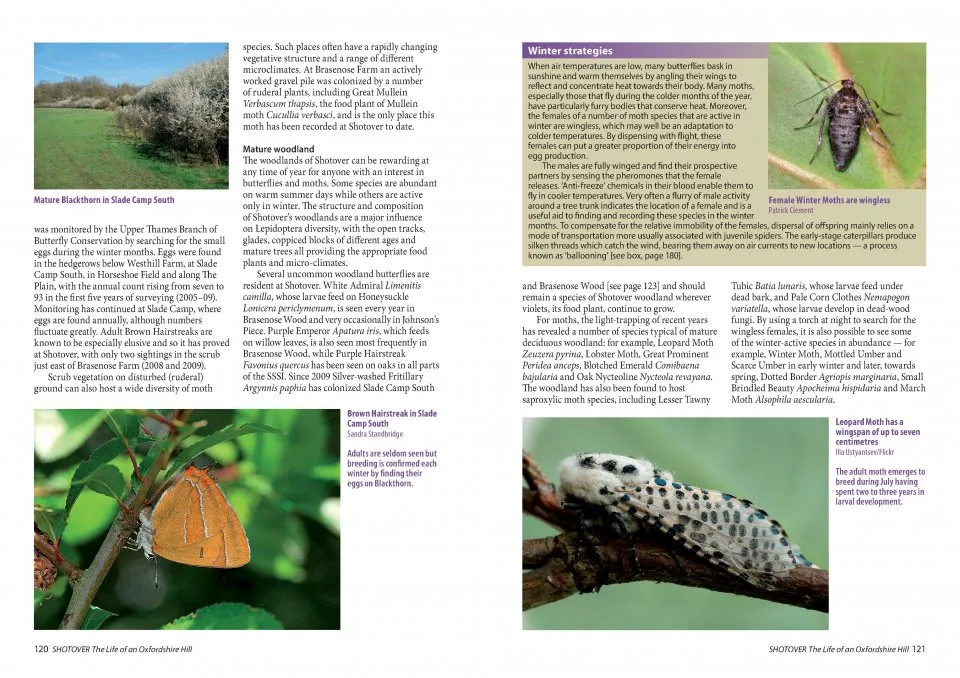Shotover Hill lies on the eastern outskirts of Oxford, between the bypass and the villages of Horspath and Wheatley. A portion of it – the best bits – is a country park made up of Brasenose Wood, an ancient wood managed as coppice-with-standards, and the southern slopes of the hill itself, which is mostly acidic grassland and heath much overgrown by bracken, birch and gorse. It is, of course, an SSSI with full public access. The wider area is mostly the private Shotover Estate and the 18th-century park of Shotover House. Because of its proximity to Oxford this is one of the most intensively studied patches of wild land in Britain. Though it is stated matter-of-factly, this statistic brings you up short: some 5,900 species of plant, animal and fungus have been recorded from here. Such is the measure of biodiversity in a localised area where substantial habitat remains: woodland, scrub, grass, heath, flushes, banks and mature trees.
View this book on the NHBS website
The bulk of this attractively illustrated and written book is about some of those 5,900 species. It is, in effect, a smaller-scale version of the excellent volumes published by NatureBureau on the Wyre Forest and The Malverns (with more to come). It is obviously aimed at naturalists, with only a brief history, but a fairly detailed and surprisingly critical account of how the place is managed, with special reference to the stated deficiencies of Oxford City Council and cash-strapped Natural England.
The authors seem to prefer English names wherever possible, including recent made-up ones, and so most of us will be ferreting around in the text for the scientific names of Silky Forklet-moss, Gorse Cramp Balls or the Ornate-tailed Digger-wasp. Editors and publishers please note: even on captions, unfamiliar names need the scientific names, too. The captions themselves tend to be rather perfunctory. ‘Glow-worm’ we read, on page 128. It might have been worth adding that the picture in fact shows a male glow-worm, the one with wings and no glow.
Shotover is produced and packaged to NatureBureau’s usual high standards: decent colour on every glossy page, and an earnest, reliable, occasionally beguiling text. It is dedicated to the late David Steele, who looked after the place with rare dedication over many years. It was he who introduced me to the Black Hairstreak and the wonderful detail of small-scale habitats in the heart of England.



